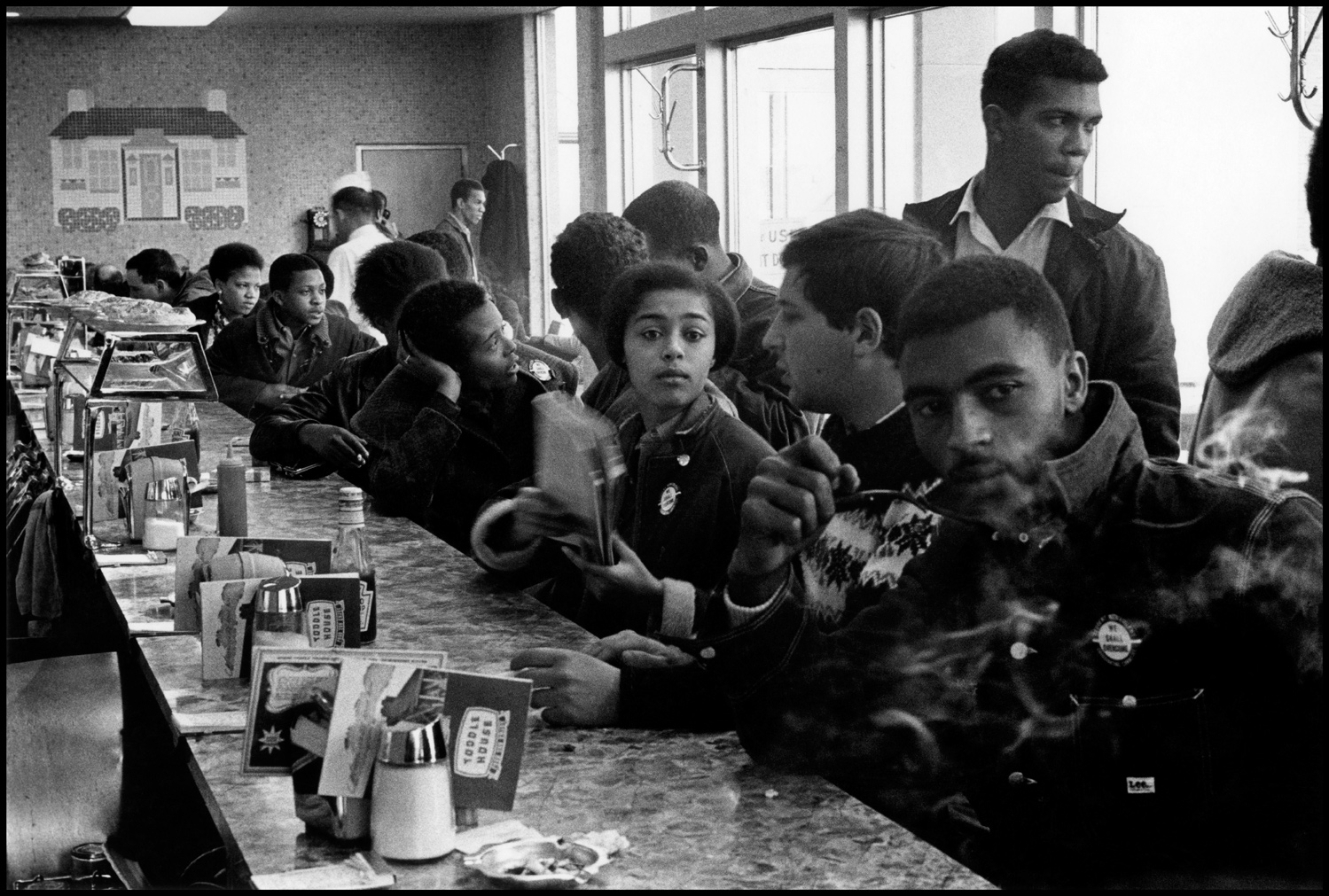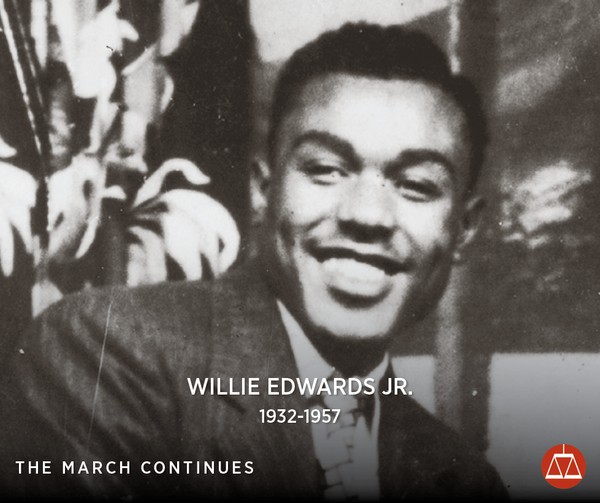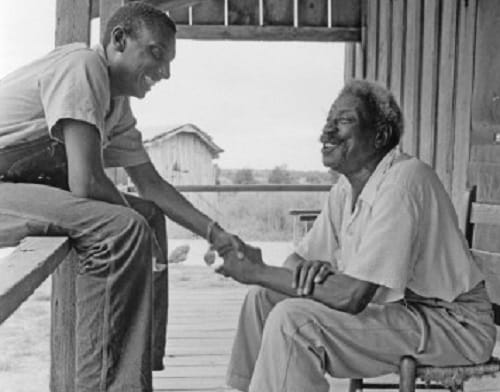Eight months before police brutally attacked Black and white civil rights marchers on the Edmund Pettus Bridge in Selma, Alabama — remembered today as Bloody Sunday — the Ku Klux Klan orchestrated one of the most violent attacks on Black citizens in nearby Tuscaloosa, Alabama.

A protester is arrested on June 9, 1964, in Tuscaloosa, Alabama, during Bloody Tuesday. Source: The Tuscaloosa News
On June 9, 1964, following months of protests to end segregation, police and the Klan — which had its national headquarters in Tuscaloosa — violently attacked over 500 Black marchers, who quickly took refuge inside the nearby First African Baptist Church. This attack, which John M. Giggie describes as “the largest assault and invasion of a Black church by law enforcement during the Civil Rights Movement,” is commonly known as Bloody Tuesday.
Giggie continues,
Police did little to stop the violence, and sometimes joined in.
Still, Black Americans protested. Their demonstration on June 9 was to be their largest one yet, to march downtown to drink from white fountains and use restrooms reserved for whites in the new county courthouse. But as they prayed inside First African Baptist, police and sheriff’s deputies smashed the stained-glass windows with water from a fire hose and filled the church with tear gas. When people stumbled outside, police beat and arrested as many as they could. They swept the inside of the church, routing out the elderly and the very young hiding in closets. Nearly 100 went to jail, 33 were hospitalized, and dozens more received care at a local barbershop.
No local, state, or national agencies ever investigated what happened on Bloody Tuesday in Tuscaloosa, and no one has ever been held accountable.
In June 2024, to mark the 60th anniversary of Bloody Tuesday, the First African Baptist Church of Tuscaloosa hosted a special commemorative service to honor those brave Black protesters who faced down the combined violence of the police and the Klan. As noted by The Tuscaloosa News, during the service, U.S. Rep. Terri Sewell said,
Though lesser known, the events of Bloody Tuesday set the stage for Bloody Sunday and the eventual march from Selma to Montgomery. I commend the Tuscaloosa SCLC for their work to keep the memory of Bloody Tuesday alive. I ask my colleagues to join me in commemorating the 60th anniversary of Bloody Tuesday. We must never, ever forget.
In the video below, provided by WVUA23, Bloody Tuesday survivor Maxie Thomas, who was just 21 years old in 1964, remembers the violence of that day on the 50th anniversary of Bloody Tuesday.
Additional Resources
Bloody Tuesday: The Untold Story of the Struggle for Civil Rights in Tuscaloosa by John M. Giggie (Oxford University Press)
Bloody Tuesday: What a Difference a Day Makes by Jasmine Hollie (1956 Magazine)
Alabama’s Hidden History: Bloody Tuesday, A Tuscaloosa Tragedy (WVUA23)










Twitter
Google plus
LinkedIn